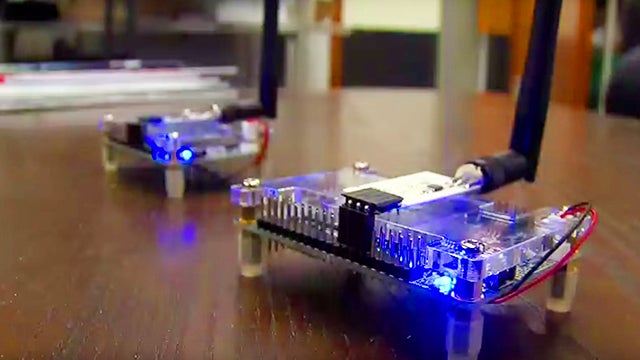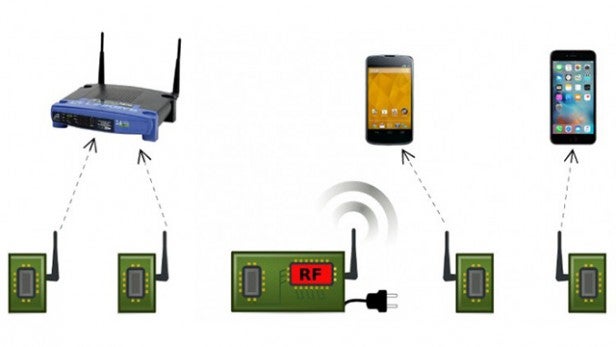Passive Wi-Fi will solve your phone’s battery problems

Wi-Fi is arguably one of the most useful inventions of the past few decades, but one of its drawbacks is the amount of power it uses.
Now, scientists and engineers at the Univerity of Washington have demonstrated Wi-Fi which uses 10,000 times less power than conventional methods.
Passive Wi-Fi will be fully introduced in a paper due to be presented in March at the 13th USENIX Symposium on Networked Systems Design and Implementation.
The system also uses 1,000 times less power than current low-energy wireless alternatives such as Bluetooth Low Energy.
This is the first time that such an energy efficient Wi-Fi alternative has been proven to work.
The University of Washington team managed to create the new system by separating the digital and analogue operations in a radio transmission.
Over the last 20 or so years, the digital part of the transmission has become very energy efficient, while the analogue side still consumes large amounts of power.
Video: How to improve your home’s Wi-Fi
The team therefore developed a single device which plugs into the wall and deals exclusively with the analgue functions.
A series of sensors, which take very little power to run, then pick up the signal from the main device and produces what’s known as Wi-Fi packets by reflecting the signal using a digital switch.
Any Wi-Fi enabled device will be able to communicate with the sensors, which is good news for your smartphone battery.

The team found that the sensors and a smartphone can communicate at distances of up to 100 feet.
Passive Wi-Fi can transmit Wi-Fi signals at bit rates of up to 11 megabits, which is slower than the maximum Wi-Fi speeds but 11 times higher than Bluetooth.
It will likely be some time before we see Passive Wi-Fi in the home, but the technology could revolutionise how our increasingly connected homes function.
Devices which currently use their own communication platforms, due to the energy demands of standard Wi-Fi, could utilise Passive Wi-Fi, allowing for simpler data transmission and lower energy usage.
Passive Wi-Fi has been named one of the 10 breakthrough technologies of 2016 by MIT Technology Review.

